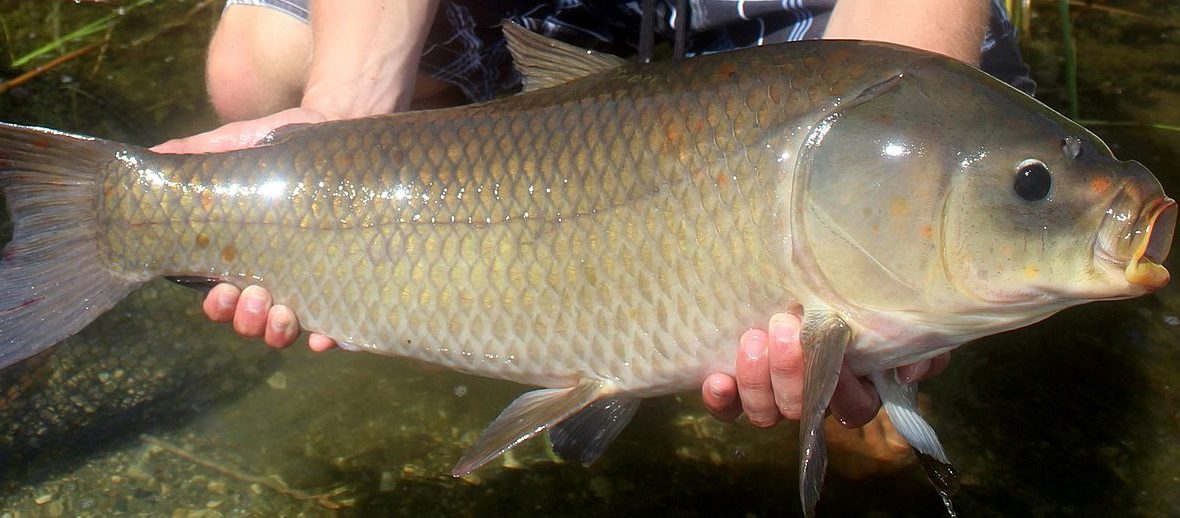
The bigmouth buffalo fish hails from Canada and United States, but are native to the Red River of the North and Mississippi River drainage basins. These suckerfish dwell in lakes, slower moving rivers, and calm bays. While popular to catch, these fish typically are not the best fry fish as they have tons of small bones. Due to stable numbers, these fish are listed as Least Concern by the IUCN.
First the Stats…
Scientific name: Ictiobus cyprinellus
Weight: Up to 39 lbs.
Length: Up to 4 feet
Lifespan: Up to 127 years
Now on to the Facts!
1.) Their mouths have evolved to be downward facing for consuming detritus, fallen food, and algae from the bottom of their habitats.
2.) Some people describe the flesh of these fish to be inedible and almost rough in texture. While other folks love to eat these fish.
3.) Preferred habitats for these fish are ones rich with aquatic vegetation.
4.) Bigmouth buffalo fish are prey to walleye, northern pike, catfish, alligator gar, and humans.
5.) These fish are subjected to winter kill (dying off when the waters freeze).
But wait, there’s more on the bigmouth buffalo fish!
6.) Like other algae-eating fish, the bigmouth buffalo fish have numerous gill rakers. Gill rakers are the bony protrusions that rest in front of their gills and filter out all microscopic organisms from the water.
7.) Females produce up to 250,000 eggs per 2.2 lbs. of weight!
Did you know…?
1 method of catching these fish is via bow and arrow, at night.
8.) These fish are broadcast spawners. This means that the female will lay her adhesive eggs on aquatic vegetation and the males later fertilize the eggs.
9.) Fry feed on algae and plankton.
10.) Bigmouths are considered to be a supercentenarian species. This means that they are capable of reaching over 100 years old. Smallmouth buffalo fish only live to about 18 years old.
Now a Short Bigmouth Buffalo Fish Video!
Be sure to share & comment below! Also, check out the Critter Science YouTube channel. Videos added regularly!
Want to suggest a critter for me to write about? Let me know here.
Photo credit: Alus164



